For more than 8000 years, native people had been visiting the area for the healing powers of the springs located in present day Hot Springs, Arkansas. Many tribes had come together to share the springs agreeing to put aside their tribal conflicts and weapons while in the valley that they called the “Valley of the Vapors”.
A year after the Louisiana Purchase in 1803, President Jefferson commissioned a party to explore the area. After stories of healing properties of the water reached the Europeans in the east, men began to arrive to build cabins and commercialize the mountain.
By 1818, the Quapaw tribe native to the region was forced off the land by the American government and made to sign over their rights to it and then were forcibly relocated to a reservation further south. The Arkansas territory was established in 1819. By 1820 the territory had already requested the area be set aside as a federal reservation to preserve the springs from private development.
In 1830 the native people were forced further west to more distant reservations forever removed from their homeland.
In 1832 the area was the first to be set aside as a national reserve long before the first official national park of Yellowstone was created in 1872. Hot Springs was officially designated a park in 1880 but didn’t officially change its name to Hot Springs National Park until 1921.
Bathhouse Row
Not much of the natural spring system survives today as it did before. The water was routed to a number of bathhouses that ring the bottom of the mountain known today as bathhouse row. At its heyday there were many private bathhouses operating along the row along with a large facility further up the mountain connected to a variety of hiking trails used for health in conjunction with the water. Today only two bathhouses remain operational in bathhouse row (now owned and leased by the park service). Several other bathhouse buildings have been leased and repurposed as stores and restaurants and others function as park facilities.
The Superior Bathhouse has been converted into a brewery which uses the spring water to brew its beer. It’s the only brewery located on a national park. And the beer was pretty good too.
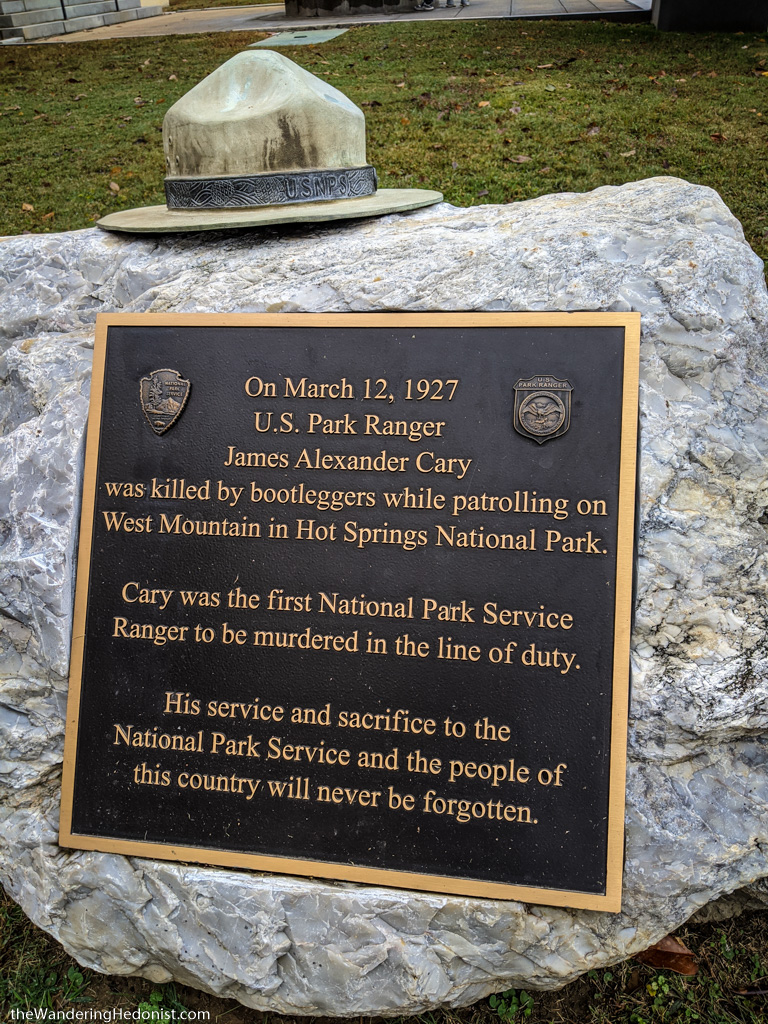
Public access to the springs.
Public access to the spring water is guaranteed through the park and public access points for different springs can be found across town. All the water comes from the same source but filters through different kinds of rock which changes its composition at the surface. One was just up the street from our Happy Hollow hotel that seemed to be busy all the time. It’s restricted to sell water from the park but there’s no restriction on personal consumption so residents and visitors alike queue up at these fountains and fill truckloads of containers for personal use. A local man we met said he had tried all of the springs but the one at Happy Hollow was his favorite. This was somewhat of a surprise to us so we filled all of our available water jugs (not many) and enjoyed the spring water was we drove away. It was pretty tasty. Happy Hollow is one of two cold water springs. The mineral makeup was posted at the spring site.
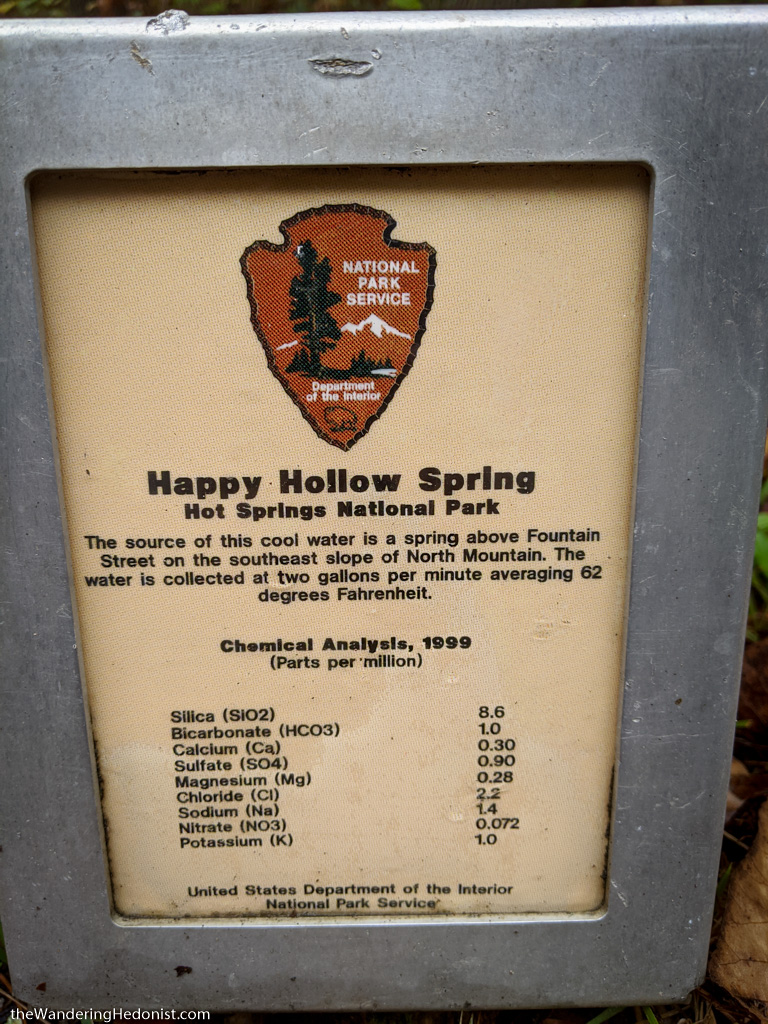
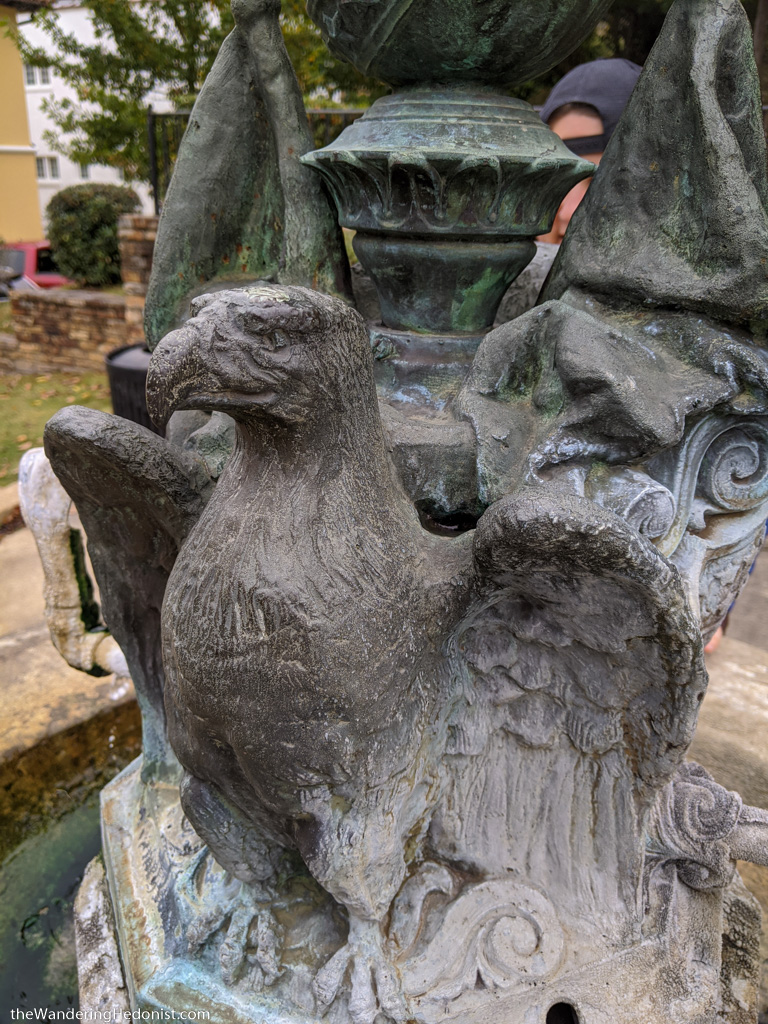
The town of Hot Springs, Arkansas.
The town of Hot Springs feels like a resort type of town with lots of tourist shops and attractions, bars and restaurants concentrated along the bathhouse row valley and a more modest residential area as the city moves into the southern flats.
It is best known as the childhood home of President Bill Clinton. Born William Jefferson Blythe III in Hope, Arkansas, 1946, Bill’s father was a travelling salesman who died three months before his birth. The marriage to his mother was later nullified as bigamous as his marriage to his third wife was never ended. His mother left him in Hope and moved to New Orleans for nursing school. When she graduated in 1950 and returned home she met Roger Clinton who owned a car dealership in Hot Springs. After the marriage the family moved to Hot Springs in 1950. Bill described his stepfather as a gambler and alcoholic who regularly abused his mother and half brother. Though through all of that he became a Rhodes Scholar studying at Oxford and Yale where he received his law degree. 5 years later he was governor of Arkansas.
There is normally a large sign dedicated to him in the middle of town but it had been temporarily removed for maintenance after it was vandalized.
We liked the town and spent a few days there. It had a surprisingly liberal feel for Arkansas.
The Oscar Mayer Wienermobile!
We stayed at both a hotel in Happy Hollow and also a couple nights in a campground near town. When we woke up in the morning I discovered this beauty parked near the bathrooms! A couple of young women had signed on to drive it around the country for a year and were stopped for the night.


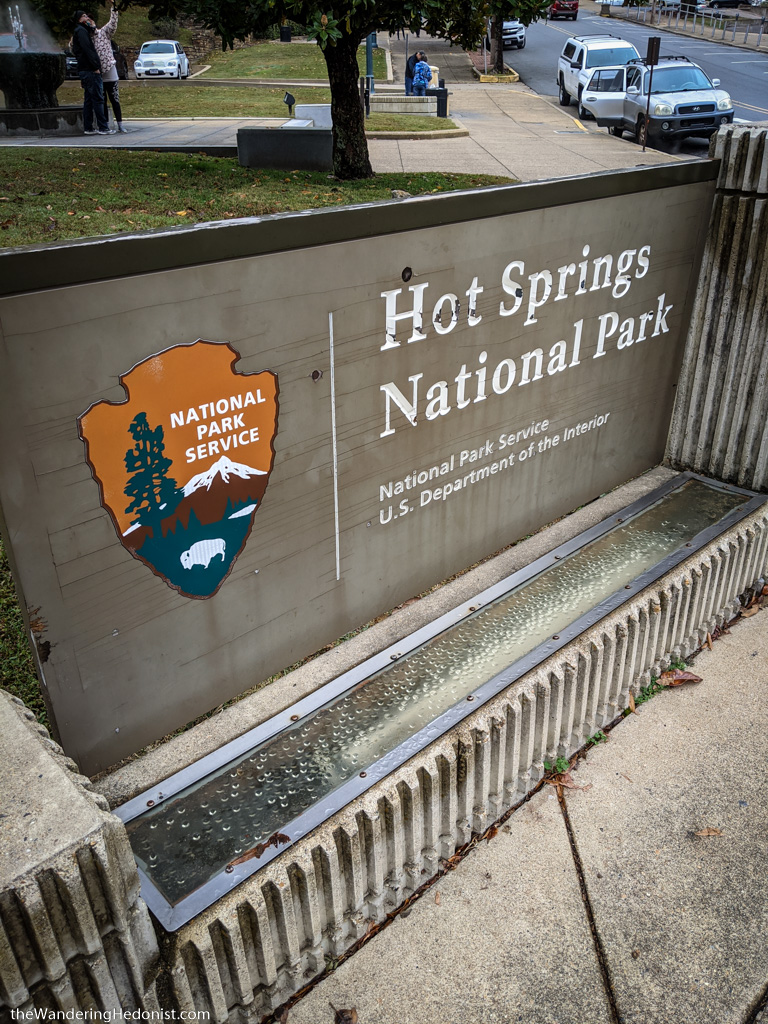
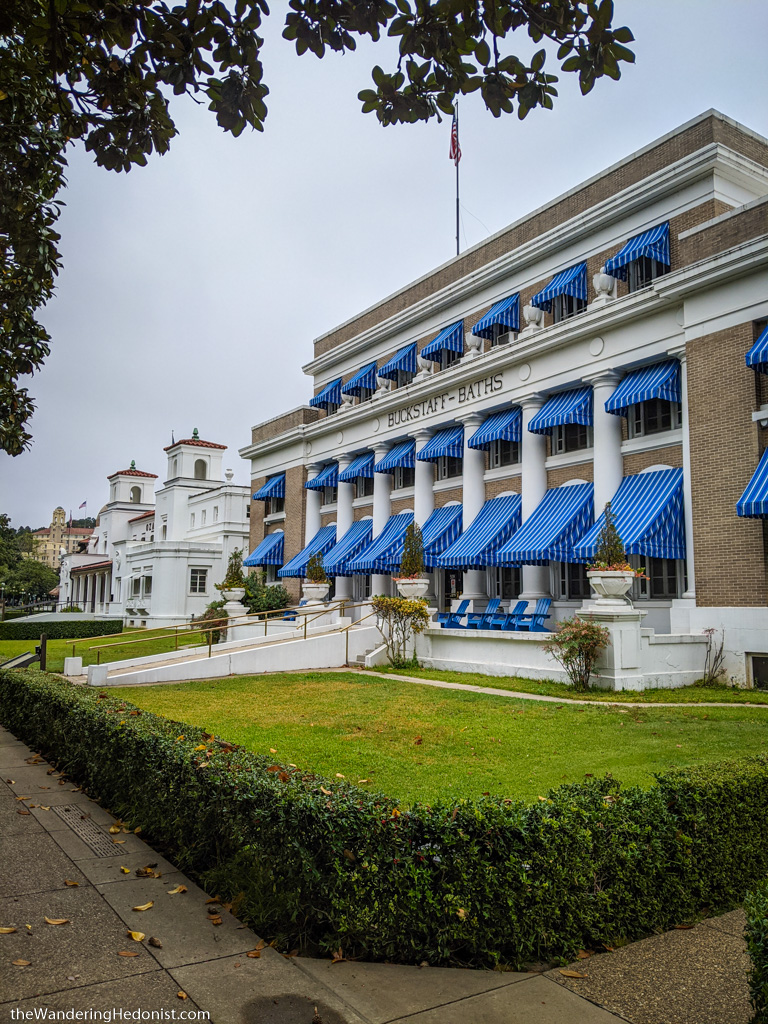
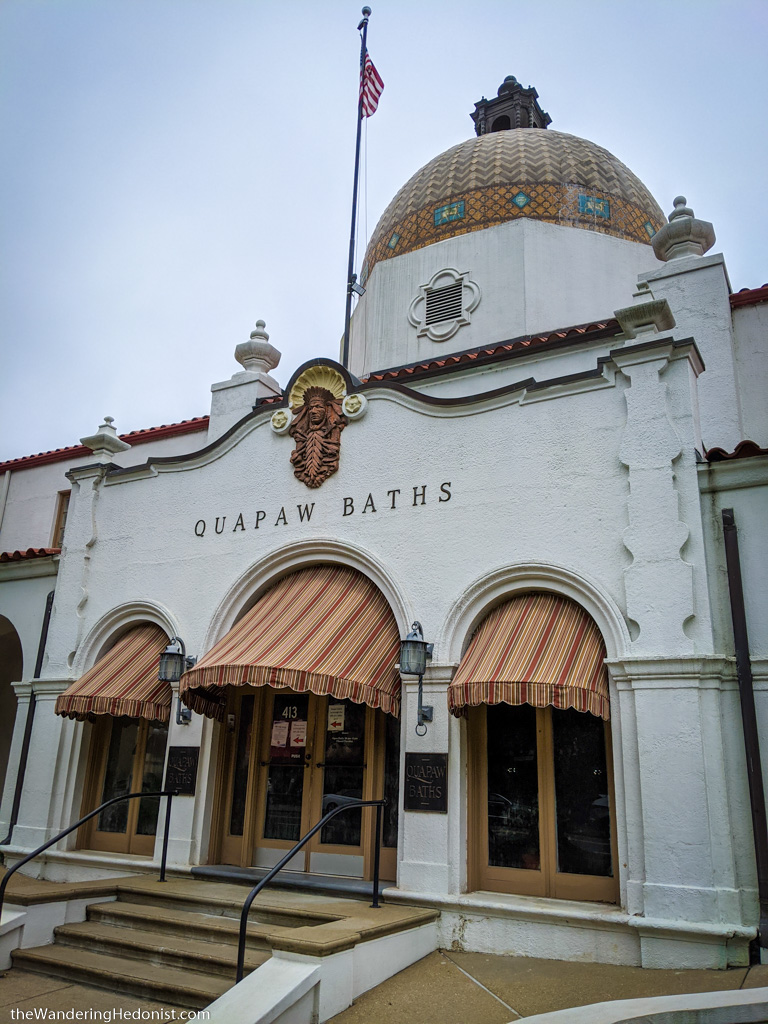
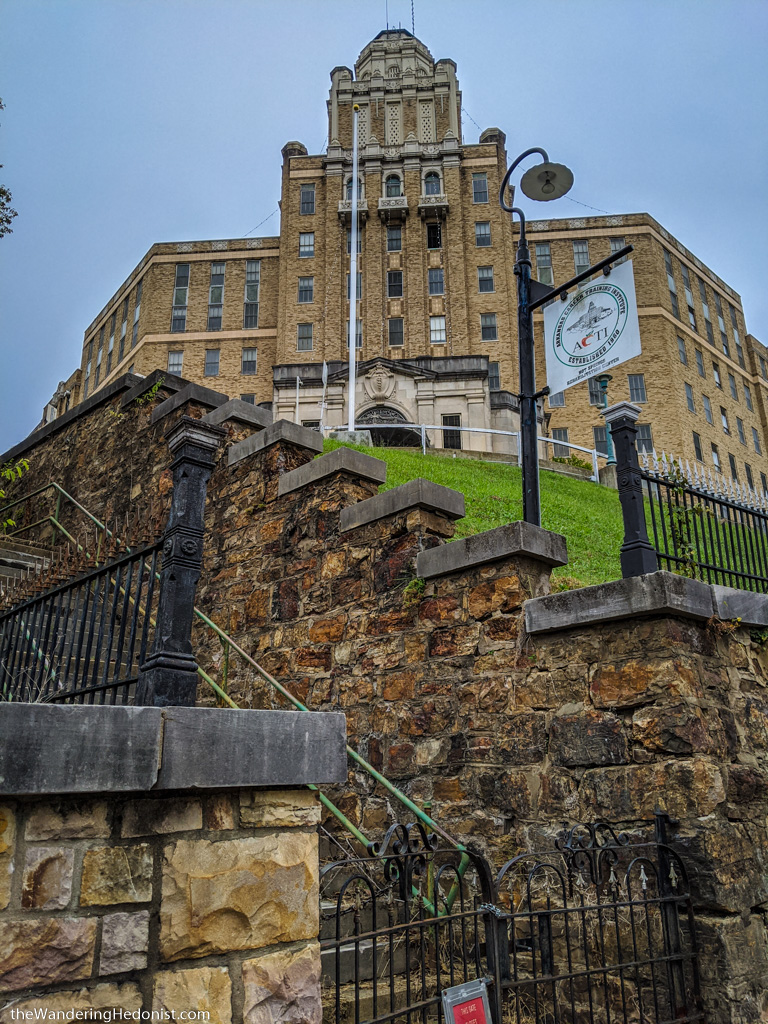
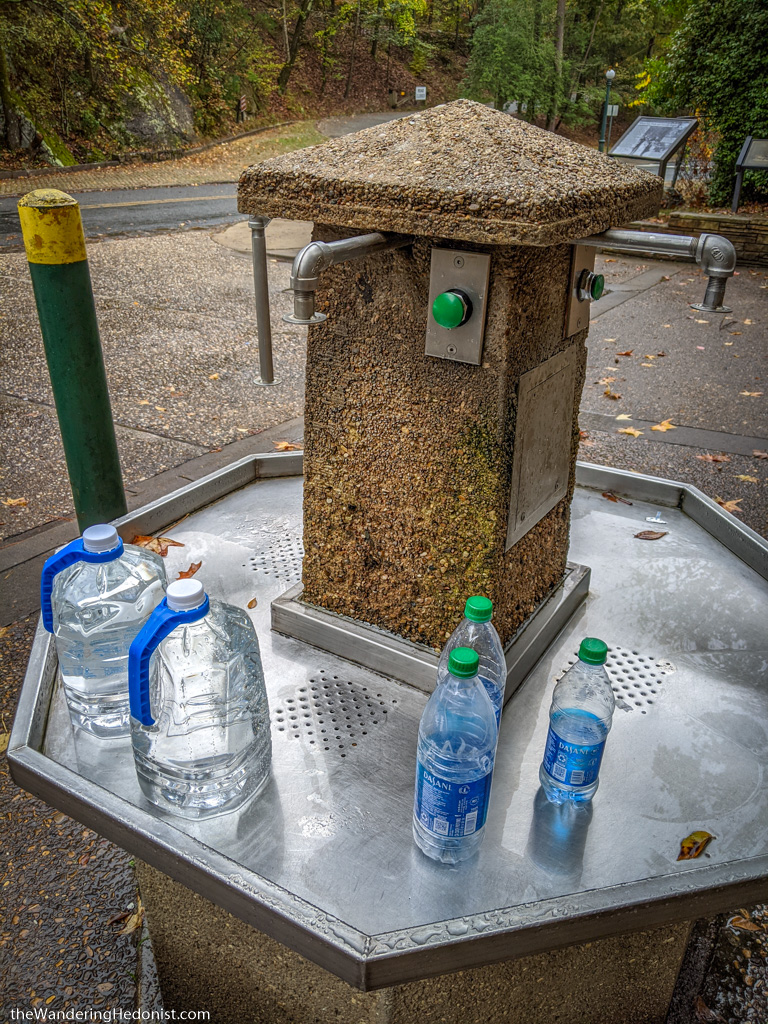
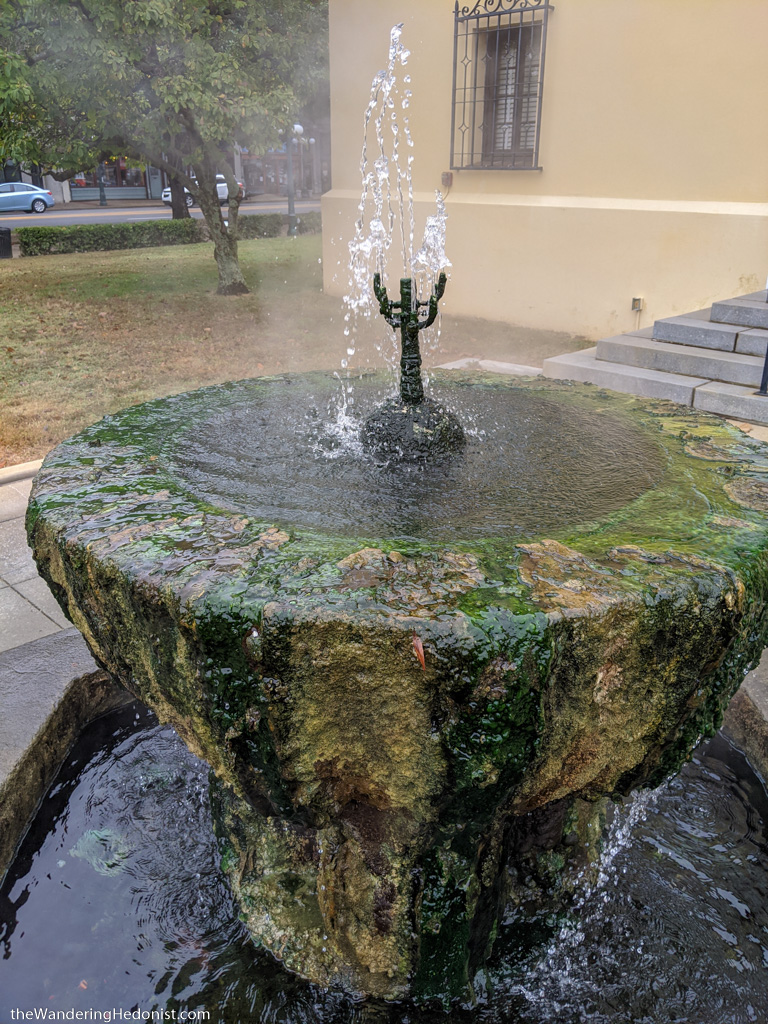
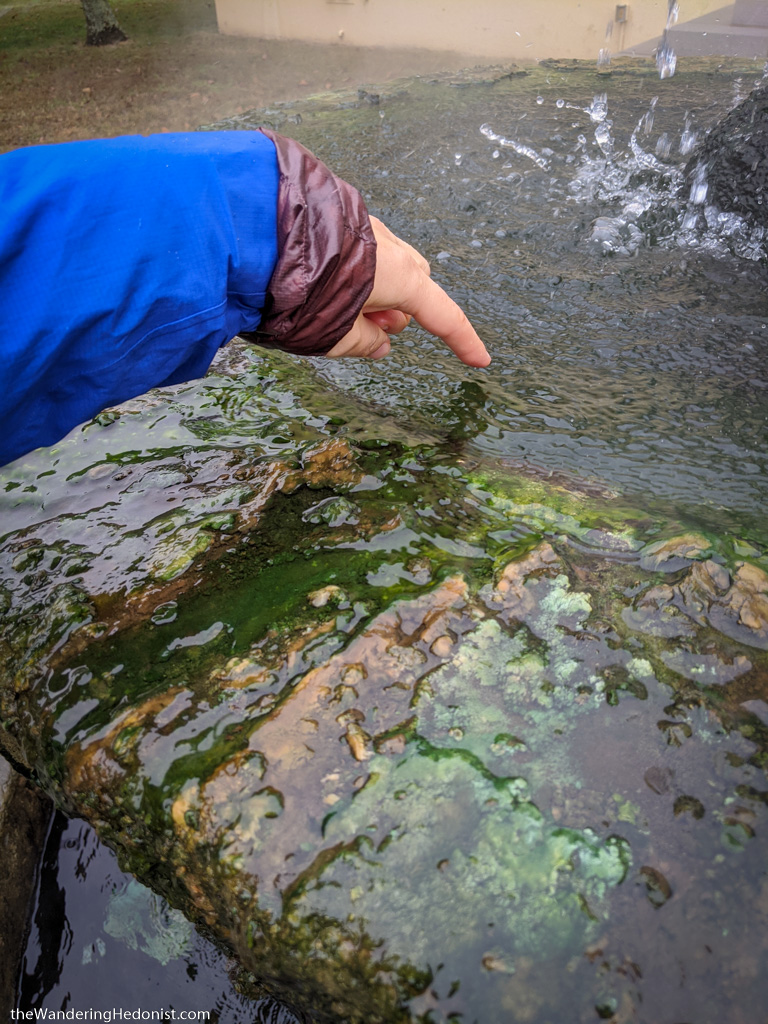
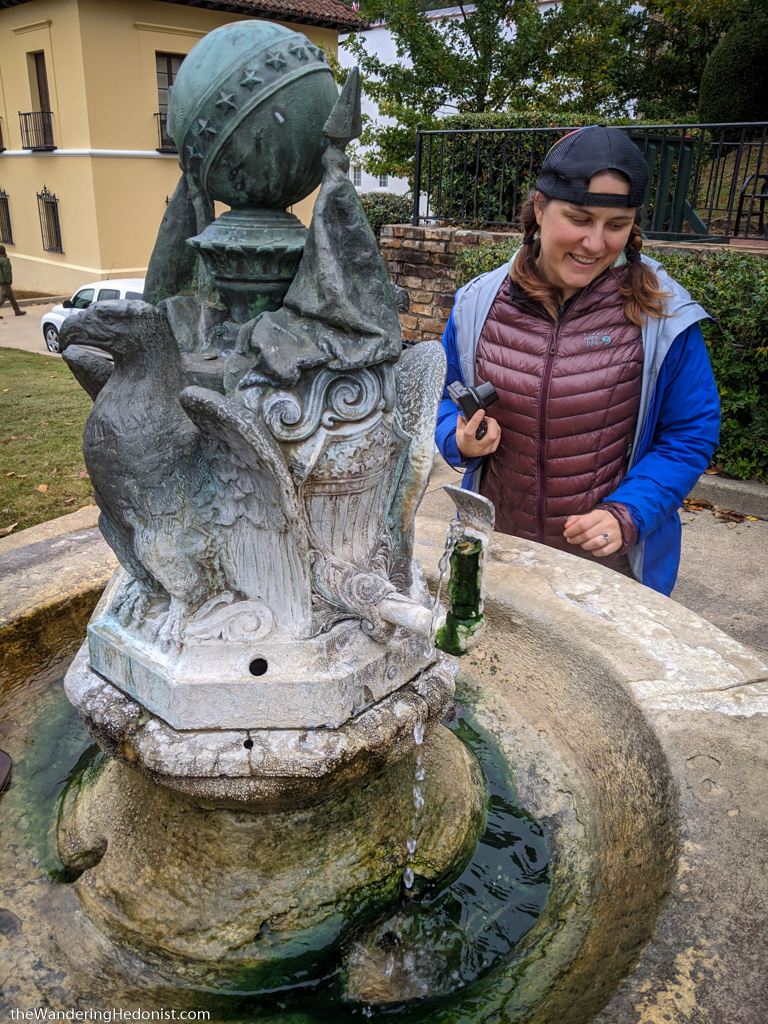
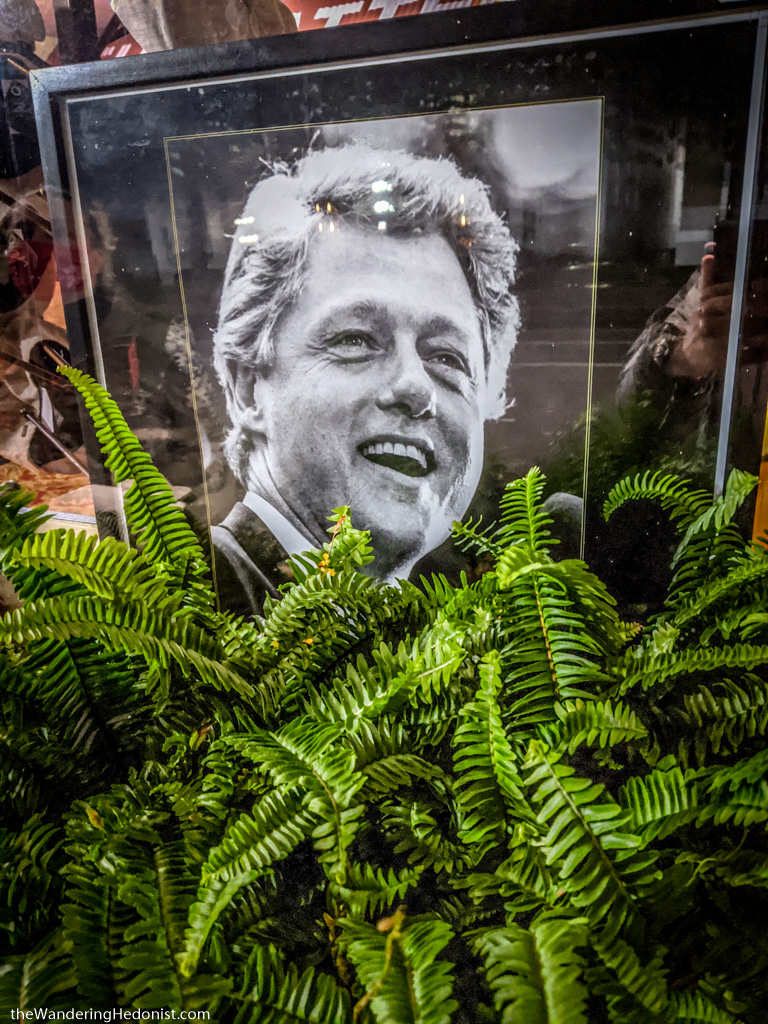
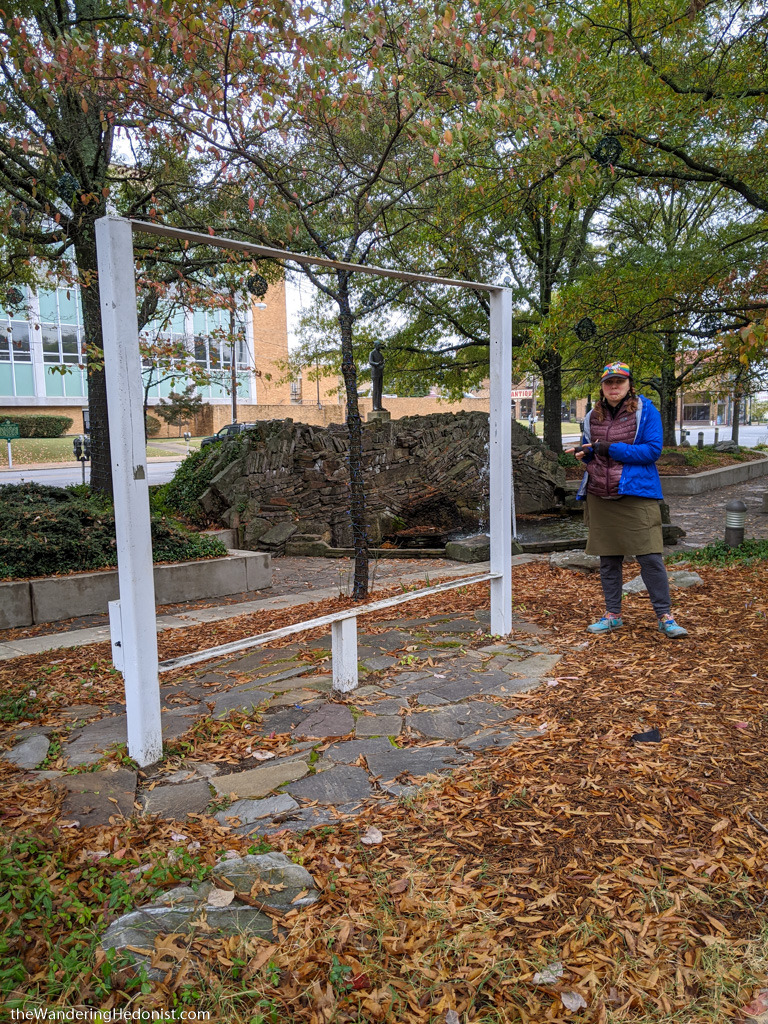
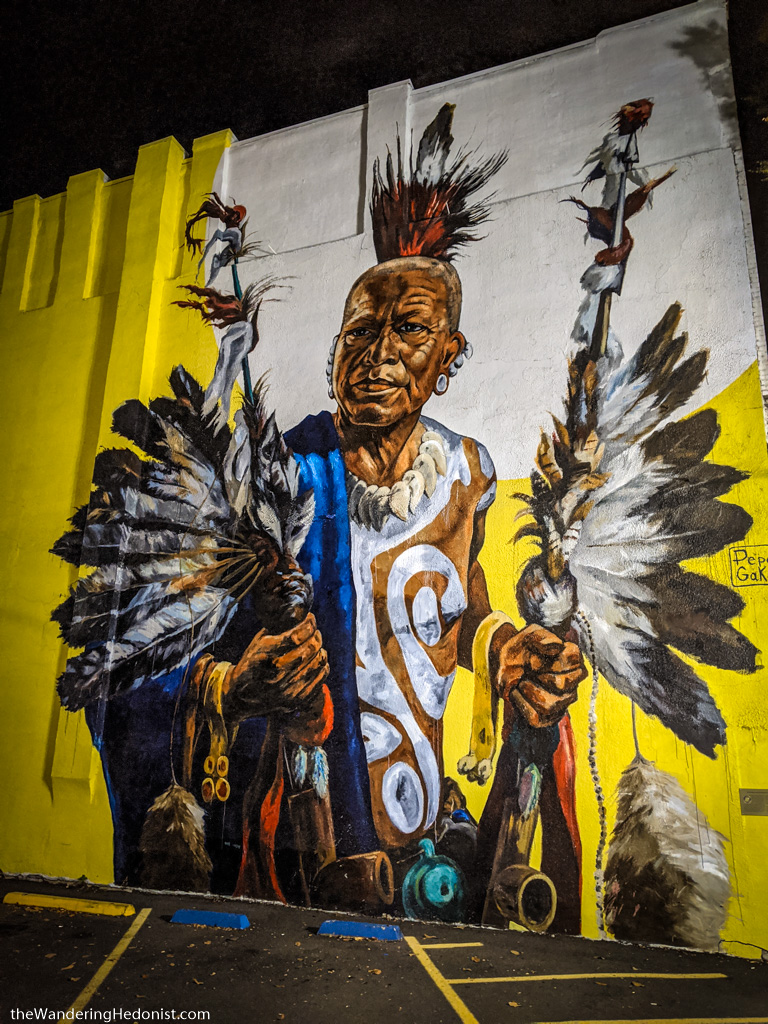
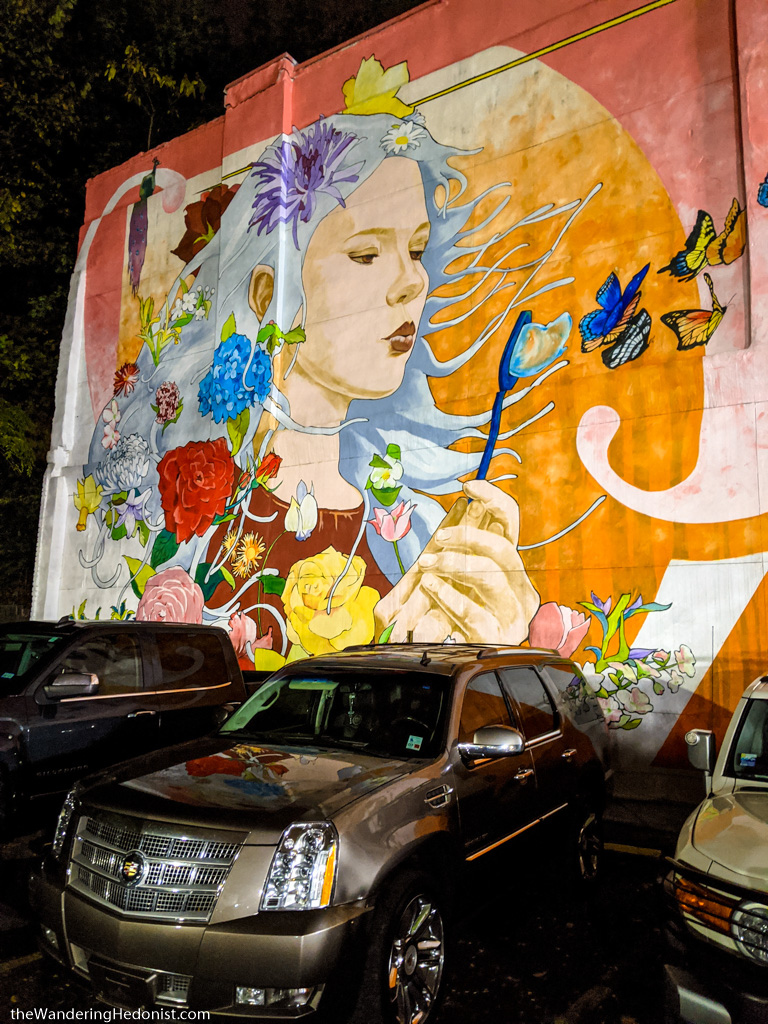
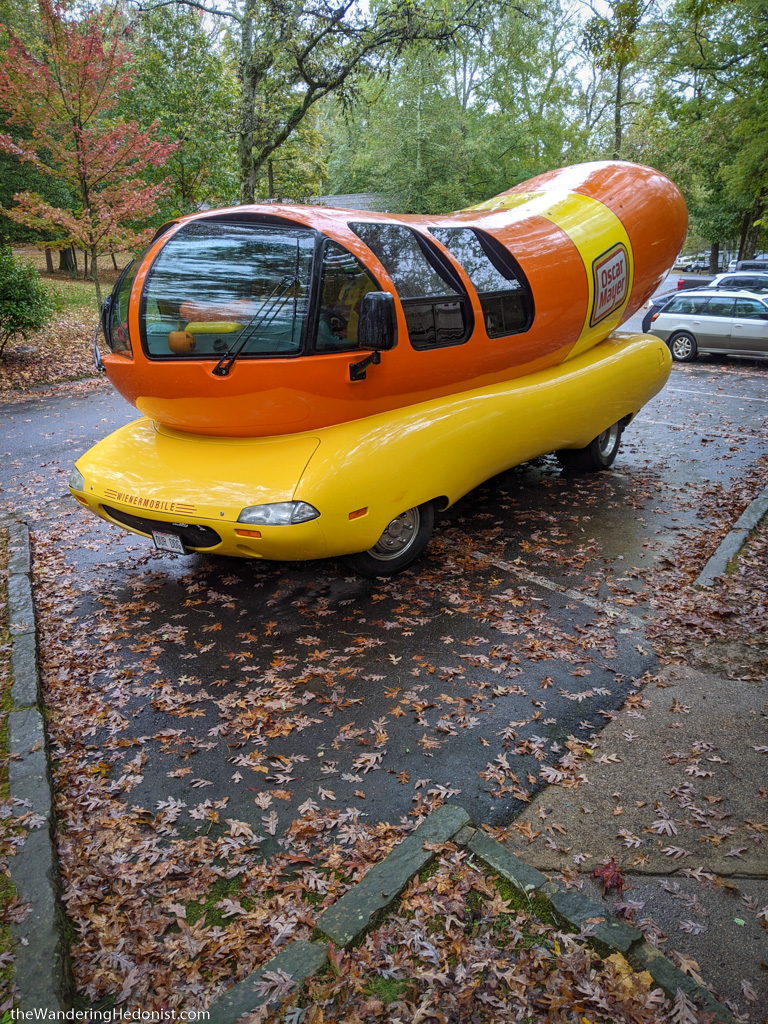
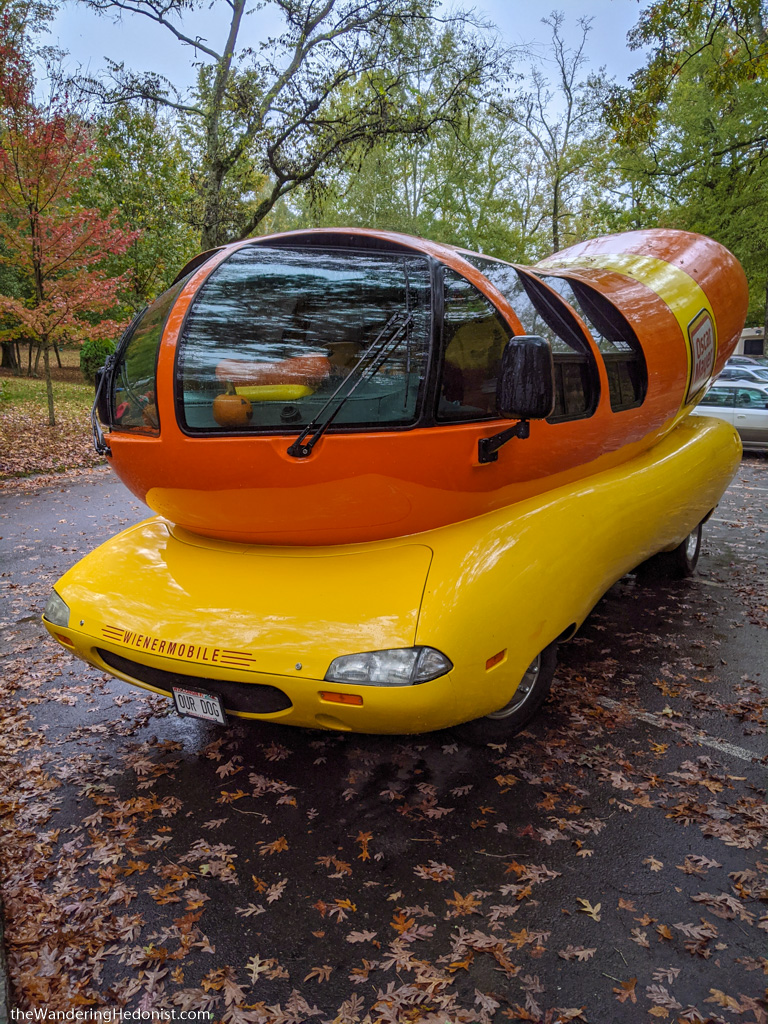
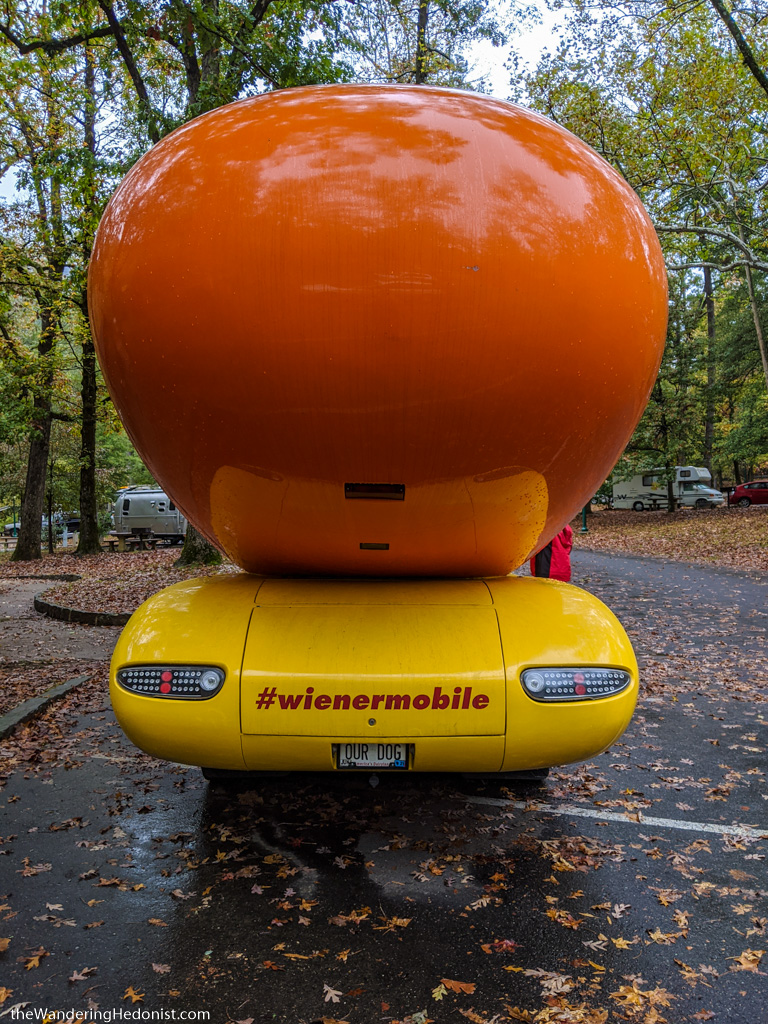
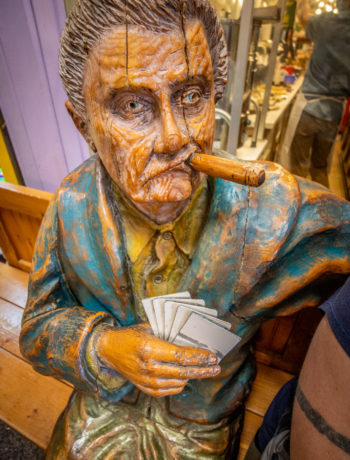

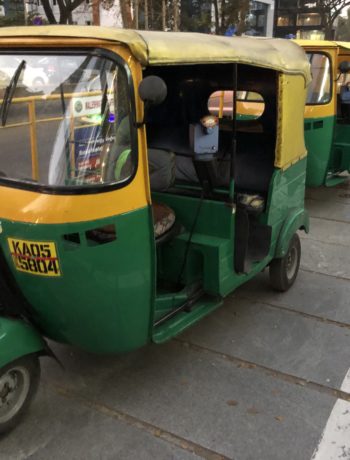
No Comments